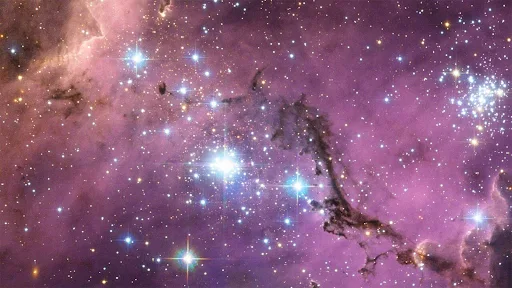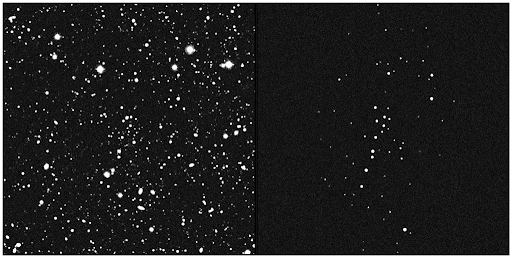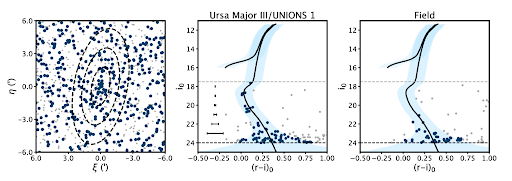Astronomers recently discovered a fascinating object orbiting our Milky Way galaxy - Ursa Major III/Unions 1 (UMa3/U1) for short. Here's a breakdown of what we know so far:
The Faintest Ever Seen: UMa3/U1 holds the title of the faintest and least massive star system ever detected orbiting the Milky Way. It contains a mere 60 stars, which is a far cry from the billions found in even the smallest Milky Way satellite galaxies. Its total mass is just 16 times that of our Sun, making it incredibly dim.
Location and Distance: This tiny system resides about 30,000 light-years away in the constellation Ursa Major, which is home to the famous Big Dipper asterism.
Mysterious Nature: The big question surrounding UMa3/U1 is its exact classification. Here are the two leading theories:
Dwarf Galaxy: Traditionally, satellite galaxies orbiting the Milky Way are classified as dwarf galaxies. However, UMa3/U1's extremely low mass and number of stars push the boundaries of this definition. If it is indeed a dwarf galaxy, it could be dominated by dark matter, the mysterious invisible substance thought to comprise most of the matter in the universe. Studying UMa3/U1 could provide valuable insights into the role of dark matter in galaxy formation.
Disintegrating Star Cluster: Another possibility is that UMa3/U1 is a star cluster nearing the end of its lifespan. Star clusters are groups of stars born together that are loosely bound by gravity. Over time, tidal forces from the Milky Way can pull these clusters apart. If UMa3/U1 is a star cluster on the verge of dissolution, observing it could offer a unique opportunity to witness this process in real-time, providing valuable information about the evolution of star clusters.
Unveiling Secrets: Further observations are needed to determine UMa3/U1's true nature. Astronomers will be looking for additional clues, such as the motions of the stars within the system and the presence of any gas or dust, which could help solidify its classification.
This discovery of UMa3/U1 is significant because it challenges our current understanding of galactic structures. It raises intriguing questions about the existence of a new class of ultra-faint galaxies and the processes that govern the formation and evolution of star systems. As we continue to explore the Milky Way and its surroundings, such discoveries promise to unveil new secrets about the universe.


